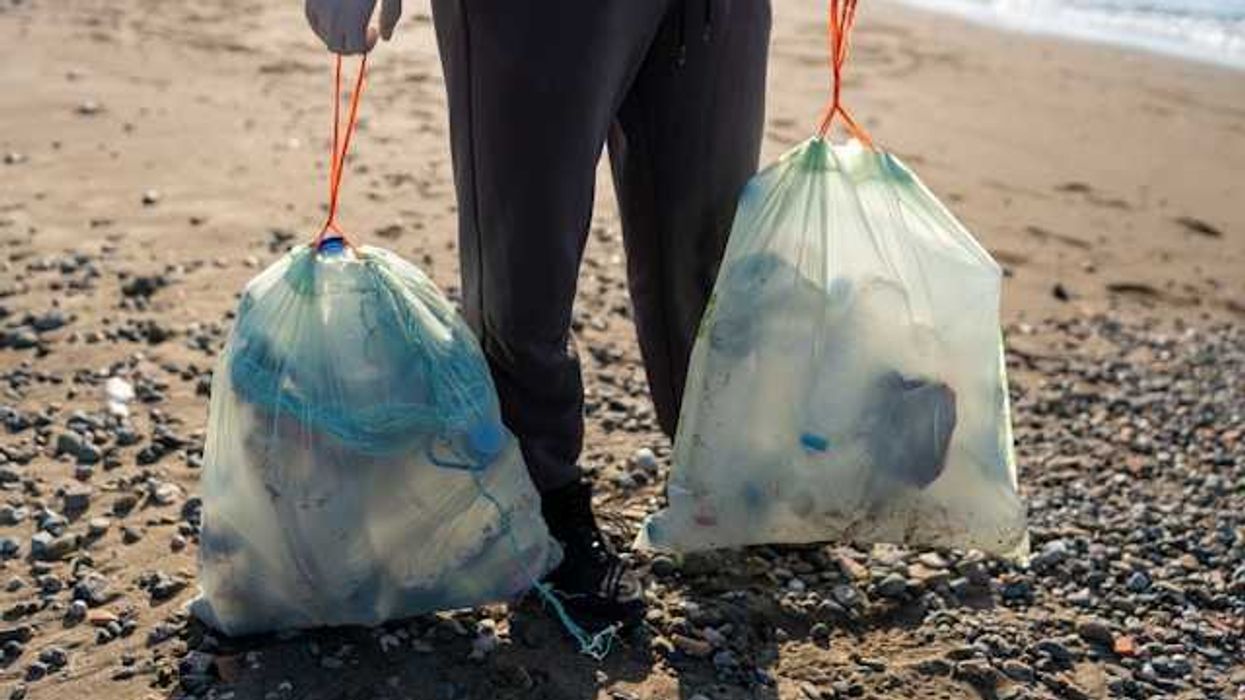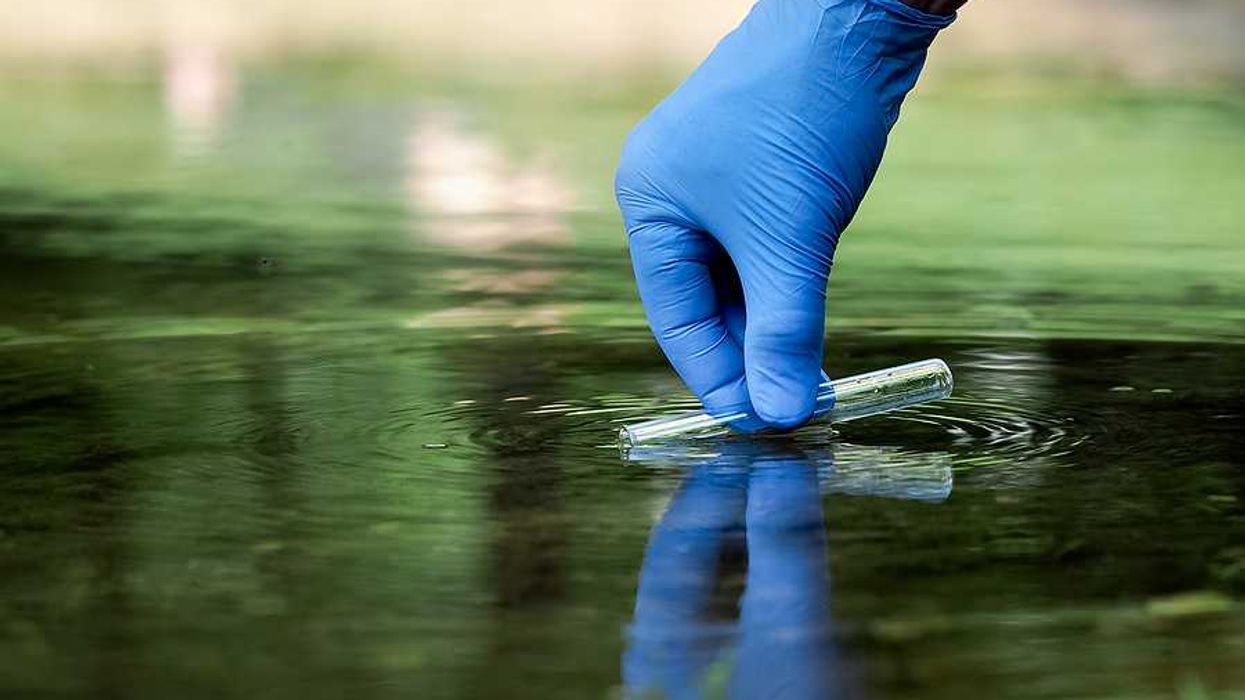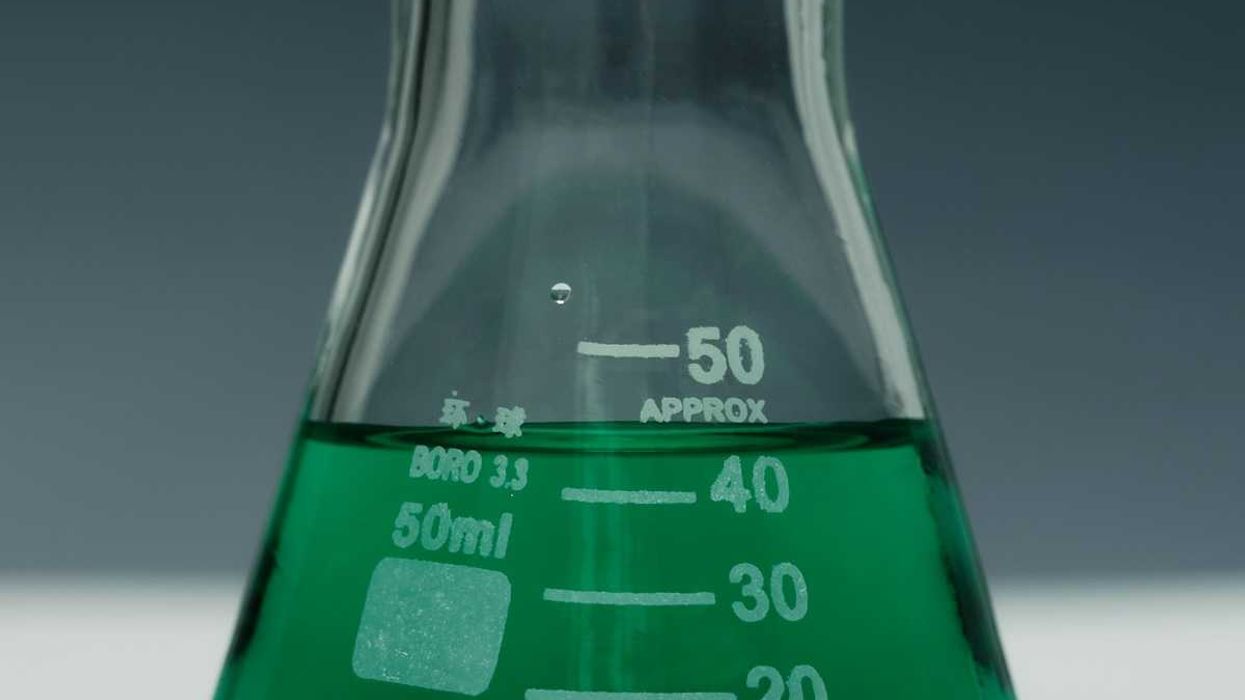Efforts intensify to curtail the environmental and health hazards of per- and polyfluoroalkyl substances, also known as PFAS, with new federal regulations targeting the chemicals' prevalence in drinking water.
Stephanie Hanes reports for The Christian Science Monitor.
In short:
- Vermont has pioneered strict regulations on PFAS following local contamination issues, setting a model for other states.
- New EPA standards aim to limit PFAS in drinking water, yet the implementation costs are expected to be high.
- Consumer goods from cookware to raincoats contain PFAS, posing ongoing health and environmental risks.
- A next step would be considering regulating the production of these chemicals, experts say.
Key quote:
"While I welcome the new enforceable drinking water standards, we really need to look upstream. How do we reduce the use of PFAS in general?"
— Judith Enck, president of Beyond Plastics
Why this matters:
As evidence of the dangers of PFAS accumulates, regulatory agencies in the United States are beginning to set limits on PFAS levels in drinking water as a public health measure.
PFAS are not the only contaminants in drinking water that pose health risks: US drinking water pollution could cause 100,000 cancer cases.














